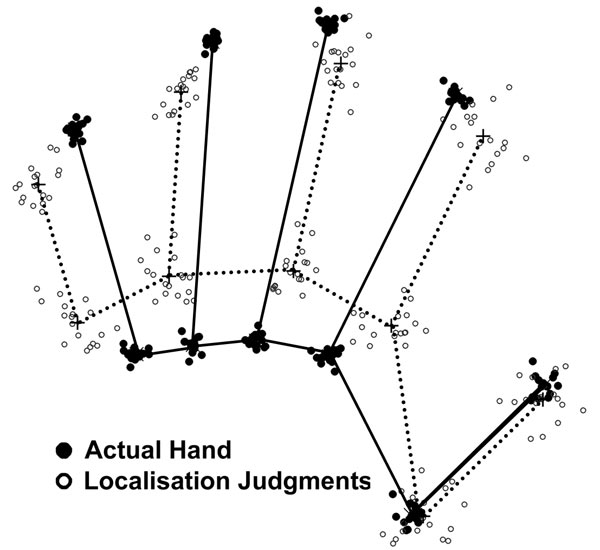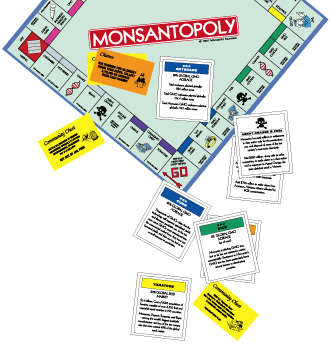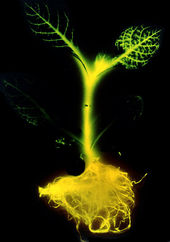
© U.S. Homeland Security Department imageA rendering of the U.S. National Bio and Agro-Defense Facility planned for Manhattan, Kansas. In a report issued yesterday, the National Research Council said a government safety evaluation for the proposed facility contained "several major shortcomings".
Washington -- An expert panel said yesterday the U.S. Homeland Security Department has not adequately gauged the potential risks associated with a proposed multimillion-dollar infectious-disease research laboratory in Kansas (see
GSN, May 20 ).
There are "several major shortcomings" in a department risk assessment of its planned National Bio and Agro-Defense Facility near Manhattan, Kansas, according to a report by the National Research Council, an arm of the National Academy of Sciences. The proposed site is roughly 120 miles west of Kansas City.
The facility's construction is expected to cost between $500 million and $700 million. The 520,000-square-foot center, slated to begin construction in 2012, would study highly infectious animal-borne pathogens, some of which could pose a threat to humans. It would replace the Plum Island Disease Center located near Long Island, New York, which was established in 1937.
The new site would also be the world's third Biosafety-Level 4 Pathogen laboratory to work with large animals. The other two such facilities are in Australia and Canada.












Comment: To learn more about detoxing mercury for better health and wellness read the following:
Mercury: How to Get this Lethal Poison Out of Your Body
Chelation Detox Eliminates Mercury and Heavy Metals and Leads to Better Health
In addition read the extensive thread on the forum:
Detoxification: Heavy Metals, Mercury and how to get rid of them